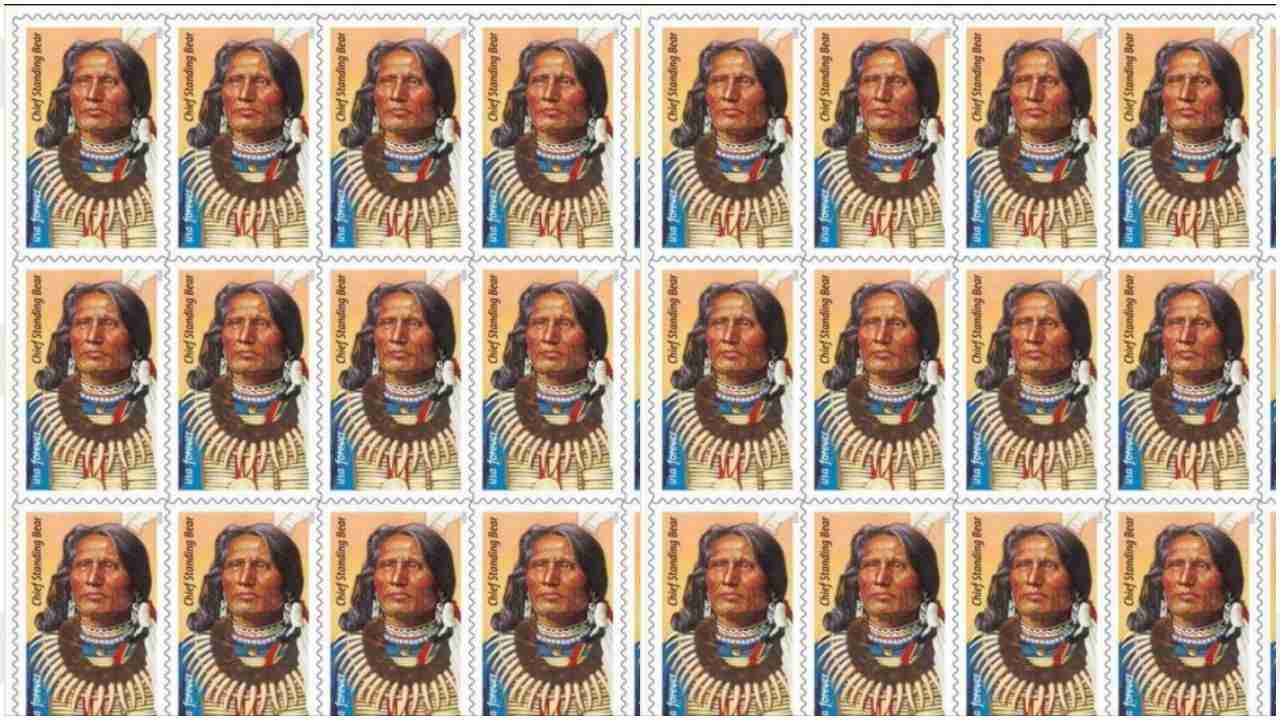The Postal Service will release its Chief Standing Bear stamp on May 12.
Chief Standing Bear (circa 1829-1908) won a landmark court ruling in 1879 that determined Native Americans are persons under the law with inherent rights to life, liberty and the pursuit of happiness.
He was a member of the Ponca tribe, who were forcibly relocated by the U.S. Army in 1877 from their home in what is now Nebraska to Indian Territory in what is now Oklahoma.
More than 100 Ponca, including Standing Bear’s son, died from disease and hunger after the forced removal.
Standing Bear was arrested by the Army in 1879 when he attempted to return to Nebraska to honor his son’s dying wish to be buried in the tribe’s homeland.
In the legal challenge that resulted from his arrest, Standing Bear v. Crook, Judge Elmer Dundy ruled on May 12, 1870, that an Indian was a person under the common understanding of the word and ordered Standing Bear and his fellow Ponca released from custody.
A subsequent congressional investigation concluded that the government was wrong to force the Ponca to move. Congress passed legislation in March 1881 allowing the Ponca the choice of where to live and compensation for land and other losses.
Derry Noyes, an art director for USPS, designed the stamp, which features a portrait of Chief Standing Bear by illustrator Thomas Blackshear II. The illustration is based on a photograph taken in 1887.
The Forever stamps will be available in panes of 20 at Post Offices and usps.com.

